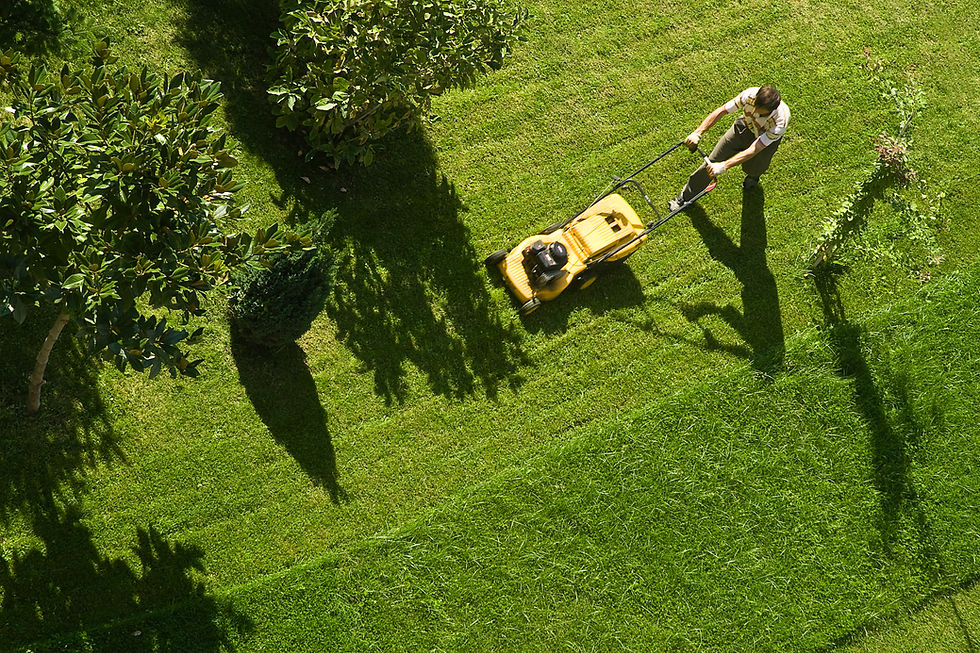Welcome to our guide on landscaping in Southern Florida, where we'll delve into the unique climate and environment of the region and how it influences landscaping choices. As a landscaping expert specializing in this area, we provide insights and tips to help you create beautiful and sustainable outdoor spaces that thrive in Southern Florida's conditions.

The Climate of Southern Florida
Southern Florida enjoys a subtropical climate characterized by hot and humid summers, mild winters, and frequent rain showers throughout the year. This climate is influenced by its proximity to the Gulf of Mexico and the Atlantic Ocean, as well as the warm waters of the Gulf Stream.
Summer: Summers in Southern Florida can be long and sweltering, with temperatures often exceeding 90°F (32°C) and high humidity levels. Afternoon thunderstorms are common, providing relief from the heat but also contributing to high humidity levels.
Winter: Winters are mild and pleasant, with temperatures rarely dropping below 50°F (10°C). However, occasional cold fronts can bring cooler temperatures for short periods.
Rainfall: Southern Florida receives abundant rainfall, with the wet season typically lasting from May to October. Heavy rainfall, combined with flat terrain and poor drainage in some areas, can lead to flooding and waterlogged soil.

Understanding the Environment
The natural environment of Southern Florida is diverse, with a mix of coastal areas, wetlands, and tropical habitats. Understanding and working with this environment is crucial for successful landscaping.
Soil: The soil in Southern Florida is often sandy and low in nutrients, particularly in coastal areas. This soil type drains quickly, which can be both a blessing and a challenge for landscaping.
Native Plants: Native plants are adapted to the unique conditions of Southern Florida and are essential for creating sustainable landscapes. They require less water, fertilizer, and maintenance compared to non-native species. Some popular native plants include Saw Palmetto, Firebush, and Coontie.
Wildlife: Southern Florida is home to a rich diversity of wildlife, including birds, butterflies, and reptiles. Incorporating native plants in your landscaping can attract and support local wildlife, contributing to a healthy ecosystem.

Tips for Landscaping in Southern Florida
Choose Native Plants: Select native plants that are well-suited to the climate and soil conditions of Southern Florida. They will require less water and maintenance, saving you time and resources.
Create Shade and Cooling Areas: Plant trees strategically to provide shade and cooling in your outdoor spaces. Consider species like Live Oak, Gumbo Limbo, and Royal Poinciana, which offer ample shade and visual appeal.
Implement Water Conservation Measures: Install efficient irrigation systems, such as drip irrigation or micro-sprinklers, to minimize water usage. Group plants with similar water needs together and use mulch to retain moisture in the soil.
Design for Hurricane Resistance: Choose sturdy plants and trees that can withstand strong winds and heavy rains. Properly anchor outdoor structures, such as pergolas and arbors, to prevent damage during hurricanes.
Regular Maintenance: Stay on top of regular maintenance tasks, such as pruning, weeding, and fertilizing, to keep your landscape healthy and thriving. Monitor for pests and diseases and address any issues promptly.

By understanding the climate and environment of Southern Florida and implementing these tips, you can create stunning landscapes that thrive year-round. Whether you're designing a tropical garden, a serene backyard oasis, or a vibrant outdoor living space, embracing the natural beauty of this region will result in landscapes that are both visually stunning and environmentally sustainable.

Comments